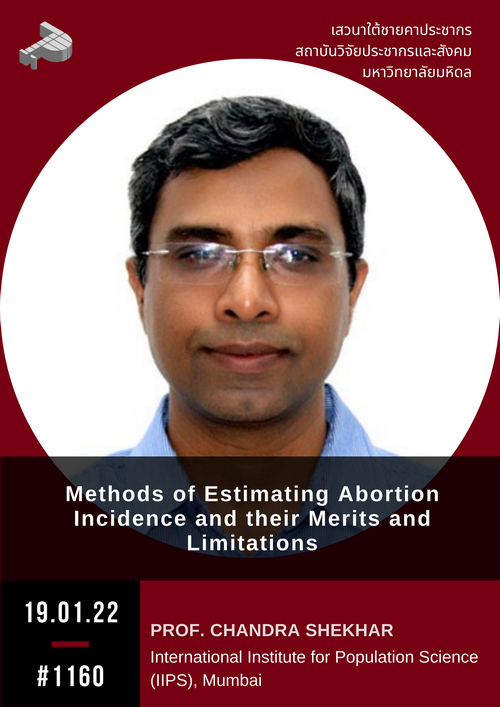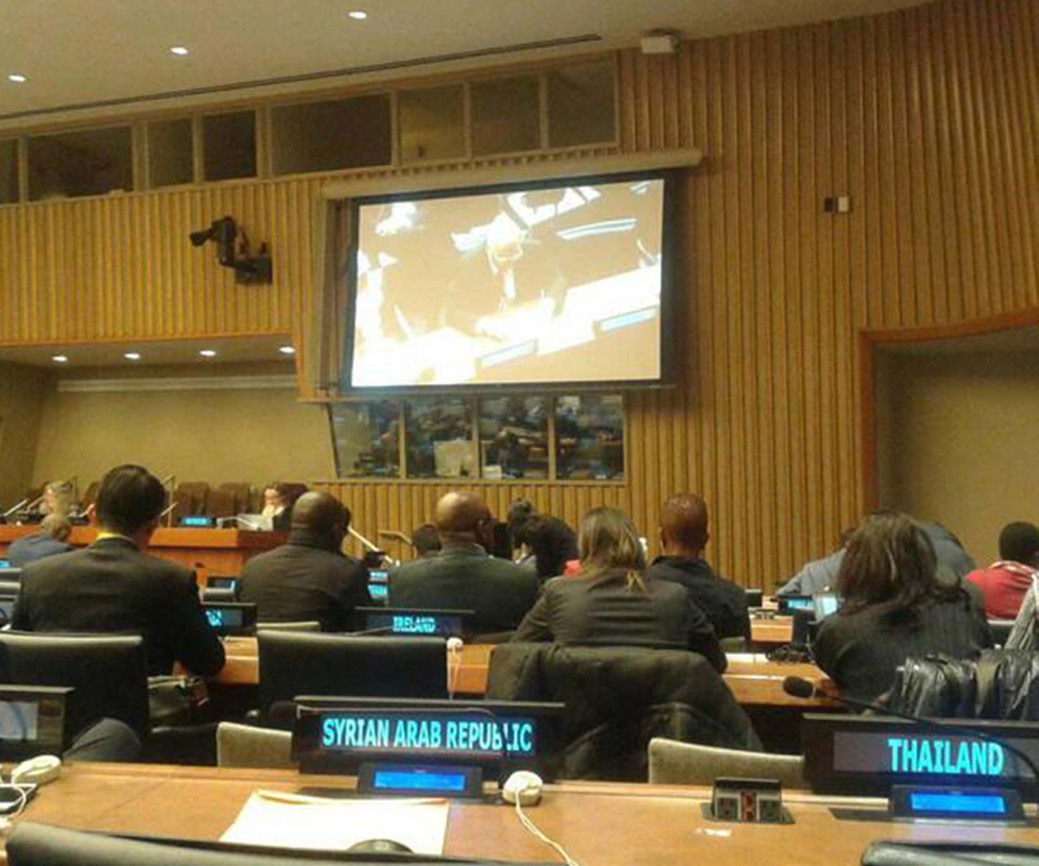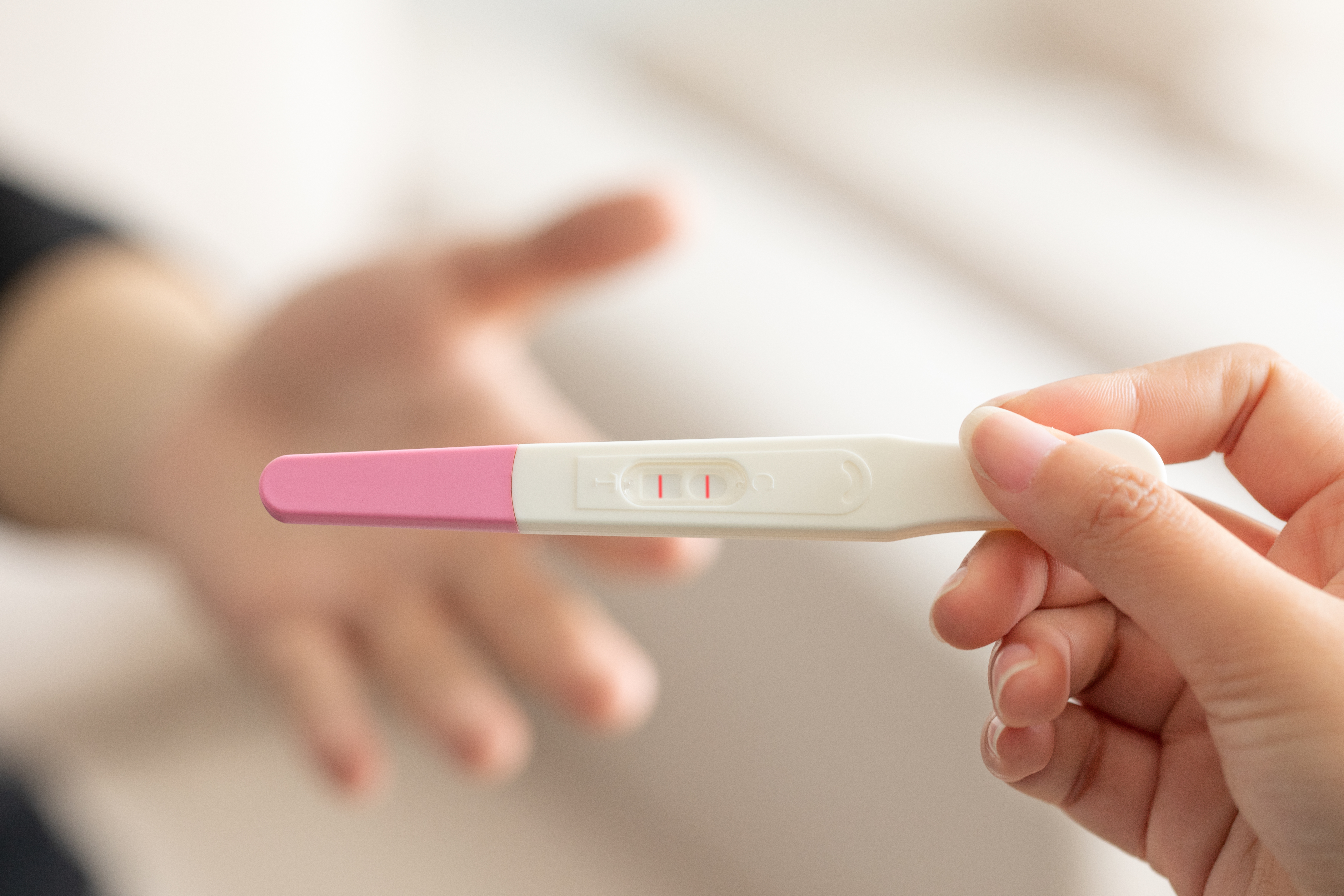Abortion is recognized as a women's reproductive right. It is well established that abortion has detrimental effects on the physical and mental health of a woman if done in unsafe or legally restricted conditions. Therefore, the estimation of abortion incidence with high precision becomes essential to protect women's reproductive rights, especially in abortion stigmatized societies. The ideal source of abortion statistics would have been service/official statistics covering public and private health sectors with an equally reliable source of information. In the absence of such a system, researchers are coming up with various alternative methods of estimating abortion incidence in developing and developed countries. Some of these methods include proximate determinants framework, pregnancy histories from national surveys, Bayesian approach, confidante method, listing preferences, AICM (Abortion incidence complication method) and a few others. This work will highlight the merits and limitations of these methods, particularly in those developing countries where the service/health/official statistics system is relatively not so robust.
สามารถติดตามชมได้ที่ Facebook Live: https://fb.watch/aEwuwKho9Z/


อมรา สุนทรธาดา

กฤตยา อาชวนิจกุล

กัญญาพัชร สุทธิเกษม

อารี จำปากลาย

นงเยาว์ บุญเจริญ

สุชาดา ทวีสิทธิ์